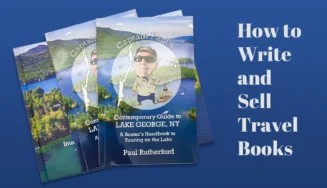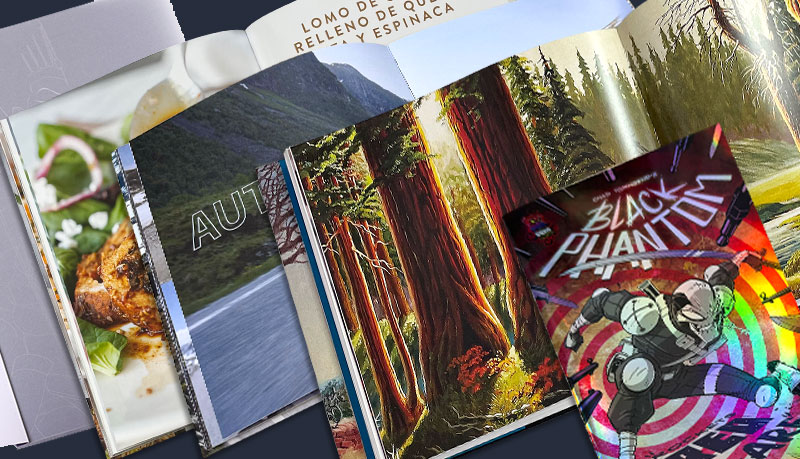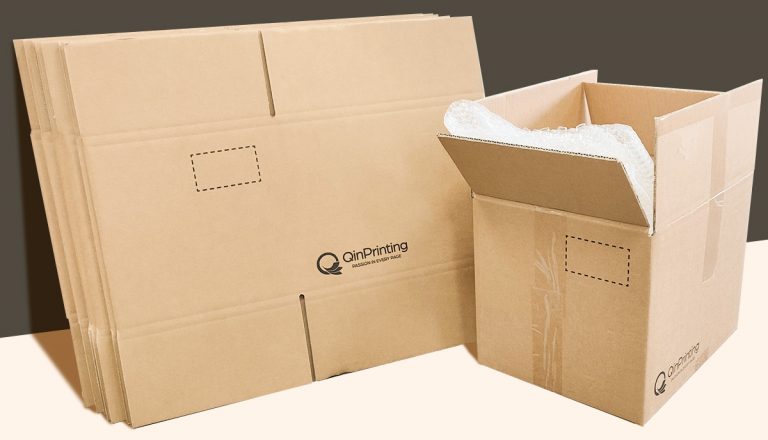Learn how to research, write, and sell travel books as an independent author
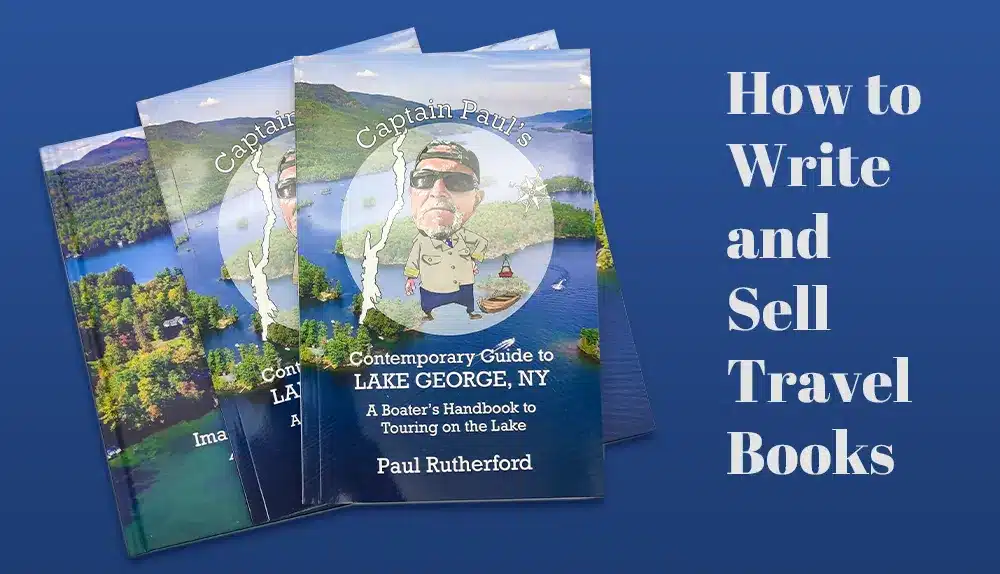
Your passport to self-publishing success
Professional independent travel writing is a tough, competitive market to break into. But if you have what it takes — and it may surprise you that you don't even need a passport! — it can be one of the most lucrative and most enjoyable ways to make money as an independent, self-publishing writer. The keys, as ever, are to research your market thoroughly, follow reader expectations, come up with a fresh, original angle, and take time to edit and proofread your manuscript until it's absolutely your best work.
But what do you need to know to get started? Besides good writing skills and a passion for people and places, there are several things you'll find it useful to understand if you want to make a success of travel writing:
- The kind of places worth visiting with an eye to turning your experience into saleable work
- What readers are looking for in a travel piece
- What to write about the places you visit or research
- How to find your optimal travel writing niche
- How you can still write and sell travel books even if you're stuck at home!
Exotic locations, sun-drenched beaches, five-star hotels, and… the truth
Travel writing isn't all about exotic locations and fancy hotels. Nor is it always a life of adventure; trekking through unexplored jungles, waxing your surfboard in preparation for sun-drenched beaches, or leisurely taking in the world's most stunning architecture and artwork. It can be all those things and more, but mostly it isn't.
Often, unless you're a millionaire with money to burn, the locations you'll be able to write about as an indie travel writer on a limited budget will be much more prosaic. Many successful travel writers never leave their home county, let alone the country. Several may not even leave the house! Once you research the markets for travel writing, you'll soon realize that as many books are written about everyday locations as about exotic ones. What's commonplace to you may be exotic to someone else, after all.
Whether you want to be a full-time travel writer jetting all over the world, cover the costs of your next vacation, or share an enthusiasm for your local territory with no concern about financial gain, the secret of good travel writing is the same: it's not where you write about, but how you write about it. You could write a bestselling book about your local high street or the park on the corner of the block if your style is on message and you come at it with a fresh eye and a creative angle. Because from your customers' viewpoint, travel writing isn't travel; it's a reading experience.
So, whether you're writing about a popular tourist destination, a local site of interest, or somewhere completely off the beaten track, any experience has the potential to be turned into a saleable book. As a travel writer, your task is to develop an evocative style and offer surprising and unique insights into a place, its people, history, culture, and life — even if that place is on your own doorstep or has been written about a dozen times before. What makes your book stand out is your unique perspective and your inimitable voice.
This is good news for the indie travel writer because it opens up hundreds of potential readership niches at every level: local, national, and international. It's worth reading articles in your local newspaper, color supplements, specialist publications, travel blogs, tourism websites, and in-flight magazines just to get an idea of the range and diversity of topics, styles, and target readers you can cover with the umbrella of “travel writing”. With a little ingenuity, you can target your travel writing to readers who mostly focus on cooking, fashion, lifestyle, and hobbies, too. While you should certainly read as many travel books as you can, you can do a lot of worthwhile research into themes, places, approaches, styles, and markets by reading magazines, websites, and blogs, too.
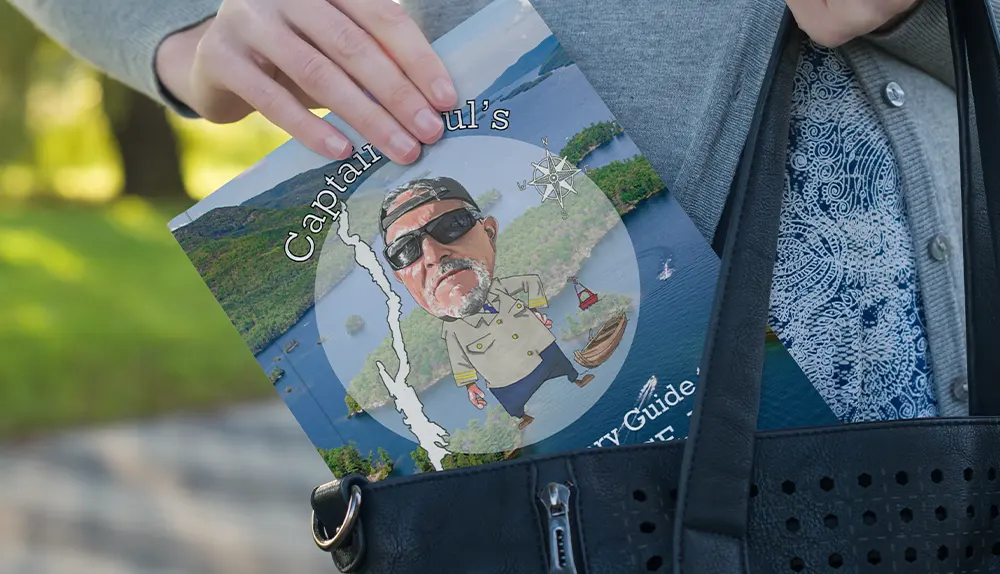
What do readers look for in a travel book?
If it's not necessarily an exotic, far-flung location that readers look for in travel articles, then what is it? Each reader and “niche” will have their individual tastes in terms of what they're looking for, and it may change from time to time. So, you can't get round the need to do specific market research. But most readers, regardless of their specific interests, look for the following in all the travel books they read:
- Writing which captures and communicates the essence of a place
- Clear, emotion-provoking language which conjures vivid sensual experiences in the reader's imagination
- An eye for details that readers might otherwise overlook
- Thought-provoking or surprising perspectives based on original and engaging insights
- All the practical details and necessary information and advice the reader might need to visit the location
If that seems like a big ask, it is. Travel writing is demanding, highly skilled work. That's one reason it's such a rewarding niche in which to work.
You should also know what readers don‘t want to read in travel writing. If you avoid making them, you'll stand out from the crowd and grab any travel reader's interest. So, this is what readers don't want to see:
- A diary-like account of your package holiday to a Greek island resort, Ibiza, the Canary Islands, Honolulu, Orlando Florida or any other book which does nothing but detail and expand on the kind of information that anyone could read in the tour operator's brochure. You can write about all those places, but you must find a startlingly original angle and enrich it with surprising and intriguing personal insights.
- “Purple prose.” The craft of provoking the reader's emotions and evoking vivid imagery in their mind has nothing to do with the over-use of the adjective! Truly evocative prose is pared down, clear, and based on a few poignant details concisely expressed.
- Anything which would only be of interest to you, your family, or friends. You and yours might delight in recounting the time Uncle George capsized the hired dinghy on your lakeside vacation, but would anyone who doesn't know Uncle George really find it funny enough to pay you for the story? Humor is often welcome in travel writing, but it's probably the hardest element to do well.
How to write a travel book that's likely to sell
With the foregoing information in mind, it's time to look at how to write a good travel book — one that will inform and entertain the reader and is therefore likely to find an audience keen to buy it. To be a professional indie travel writer, you must write your best work and also satisfy market conditions. While it's always true that you might find success by challenging reader expectations and developing a new form of travel writing, it's probably best at the outset to make sure that you understand the market and write to please it if you want to sell your books.
Taking care of the following points will improve your chances of turning your hard work and creativity into a book that will actually sell.
1. Research your market
The most common reason new and inexperienced writers fail to sell — besides poor writing — is because they skip over this vital aspect of the freelance indie writer's work. What you write and to whom you target it is a business decision as much as a creative one. Don't base business decisions on speculation, assumptions, and hope; base them on the analysis of research data.
Remember that travel writing is one of the most competitive publishing niches. You need to take every step to boost your chances of success. Market research will equip you with knowledge about what a particular niche is looking for, who the readers are, and want they want to read. Thus equipped, you're in a strong position to tailor a book that ticks all the boxes and meets their expectations.
2. Choose a place and a perspective
Once you've chosen a market, you'll need to choose a place to write about. Again, you'd be wise to base this decision on thorough research. Once you've chosen your location — which could be a place you've already visited or somewhere new to you — you need to decide on an angle. Take your time before settling on something. This is an opportunity to brainstorm every possibility, however unlikely it may seem. Keep all these ideas. Those you don't use this time might inspire future books. If you find you're stuck for a fresh, original approach, try the following to jump start your creative engines:
- Flip the season. What's Sunny Isles Beach like in January? The delights of Seattle as a Christmas destination? How about a (literally) chilled summer vacation in Reykjavík, Iceland?
- Switch the stereotype. Check out the funniest stand-up comedy clubs in Germany. Explore the international cuisine on offer in Boston, MA.
- Be the first to report on a new attraction; visit a country whose borders have just opened; or the first woman/man/pensioner/etc. to do something that no-one in that category has ever done before
- Pick up on festivals, folklore, local traditions, anniversaries, and customs
- Compare and contrast: two completely different African/European/South American countries/cultures; urban and rural places in the same county; a place as it was then and as it is now, and so on
- Links with famous authors, artists, films, books, politicians, celebrities, etc.
You can almost certainly think of dozens of other ways to find a new viewpoint. Another advantage of this brainstorming process is that if you generate enough ideas can write and several books about a single location to create a series.
3. Research, research, research
Very often, the difference between a successful indie writer of any stripe and one who doesn't make the grade is that the former understands the importance of research and the latter shrugs it off as unimportant. But travel writing is all about research! You'll need to look up as much background information as possible about your destination before you leave.
When you arrive, you must keep your eyes and ears open. Note down everything of interest; talk to local people; and listen to their stories, perspectives, and opinions. Keep copious notes of every experience, including all the sensual details characteristic of the place, its culture, and its people.
Many indie travel writers make good use of portable voice recorders to capture their thoughts, conversations, and sound impressions in real time. A good portable sound recorder needn't be expensive and can be small enough to slip easily into your pocket. You may find that your smartphone will do just as well.
But whether you write, record, or both, don't let anything slip by you. Research every angle and possible experience the destination offers. Once you get back to your desk, you can organize, select, write, and edit the information to use in your book — or series — according to the specific needs of your target readership.
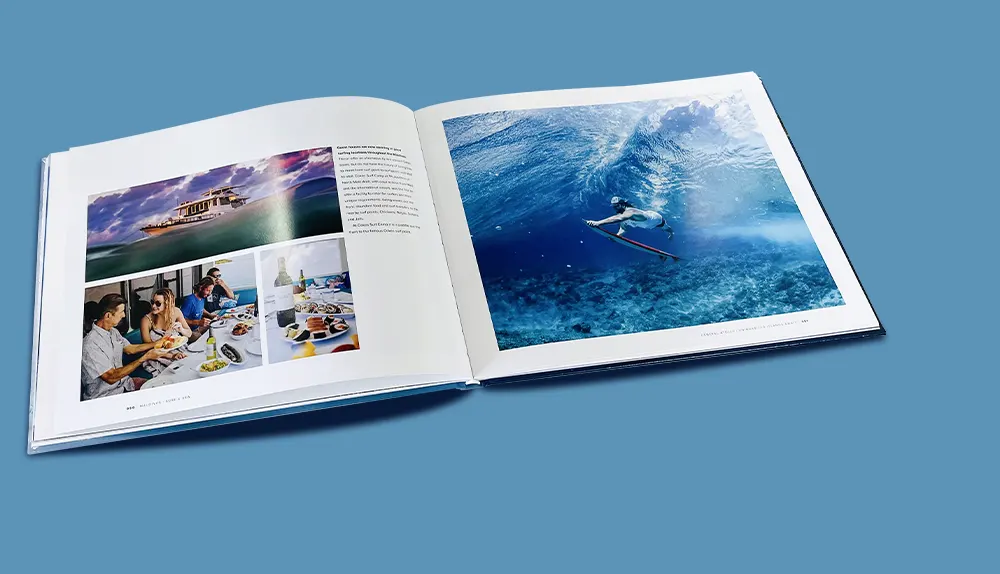
A picture sells a thousand words
You'll vastly increase your sales if you can take or source high-quality, original photographs to accompany your text. If you don't own a good DSLR camera and editing software, you'd do well to get kitted out if you mean to make a career of indie travel writing. The costs of the equipment can all be offset against tax. As can a short course in professional photography and image manipulation.
Study the photographs in books already published in the markets you're aiming to write for. They'll give you a good idea of the kind of photos you should take. Don't copy what's already been done, but don't be tempted to innovate, either. Follow the market if you want your books to sell. Ask yourself the following questions:
- 1. Does the readership you're aiming at prefer close-up details or sweeping, panoramic landscapes?
- 2. Does the books similar to yours focus on architecture or characterful shots of local people?
- 3. Are they action shots or “arty” stills?
- 4. Color or black and white?
- 5. How many photos per thousand words?
- 6. Are the photos “clean shots” or have they been enhanced in some way with filters, color and light adjustment, montage, etc.?
- 7. Do the photos carry captions and are they referred to in the text?
Remember, if you photograph people, you'll need to let them know how you mean to use the photograph and obtain their written permission to do so.
If you're working up a book based entirely on research à la distance — we'll look at “armchair travel writing” last — then you must source your photographs from stock collections, image libraries, or agencies. Unless the images you use are in the public domain, you must be sure to credit the creator as they wish to be credited, and in most cases, you must pay a fee.
Make sure you have researched all this in advance and never be tempted to pass off stock or library photos as your own work. Not only is it unethical, it's also illegal. At best, you could face a court case and a hefty fine. At worst, you could find your career over from that point.
Write your book!
The armchair travel writer
Almost any location could be turned into a saleable travel book in principle, so long as you find an innovative, entertaining, and informative angle on it. And while most travel writing — and the best-selling—means getting out there and traveling, legitimate ways to write and sell indie travel books without leaving the comfort of your home also exist.
If you have restricted mobility, for example, you're a full-time carer for a family member, or you just don't have the time and resources to travel at this point in your writing life, you may want to consider these options. Your writing must be based either on experience or current research, and photographs sourced from stock photo sites and image libraries. But there's no reason why you can't produce a valuable book that will sell, and be read and enjoyed, so long as your research is thorough, your facts accurate, and your writing style a pleasure to read. Remember what we said at the start: the people who buy your book are looking for a pleasurable reading experience, not to travel; they went to the bookstore, not the ticket office! Provide a good read, and it doesn't matter where you got your material—so long as you got it legally.
The journey is about to begin
Indie travel writing can be another arrow in your quiver or your full-time focus. You can fly to the furthest corners of the globe, or stay in your home county. Whichever you choose, it's always interesting, challenging, and immensely rewarding. If you're good at it, you can make a lot of money writing and selling travel books, too. And if you stick at it, you could be the next Elizabeth Gilbert, Bill Bryson, or Paul Theroux.
Let's talk! We're here to help.
Designing, printing and a self-publishing, a high-quality travel book, are always a creative project as challenging as it is satisfying—and potentially profitable. After close to 30 years of success in the industry, when it comes to printing your books, we know what we're doing in this highly specialized process and have all the latest technology and expertise to hand. We take customer care seriously and will guide you every step of the way to producing a truly beautiful, competitively priced travel book to the highest professional standards. Your success is our success. Talk to us today. Shoot us an email to [email protected] or call us on +1 951 866 3971 and we'll be delighted to discuss your needs, answer your questions, and help in any other way we can.





